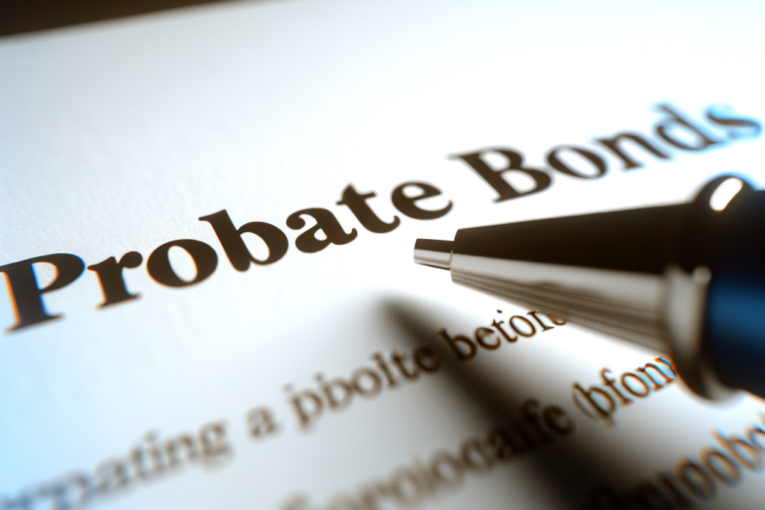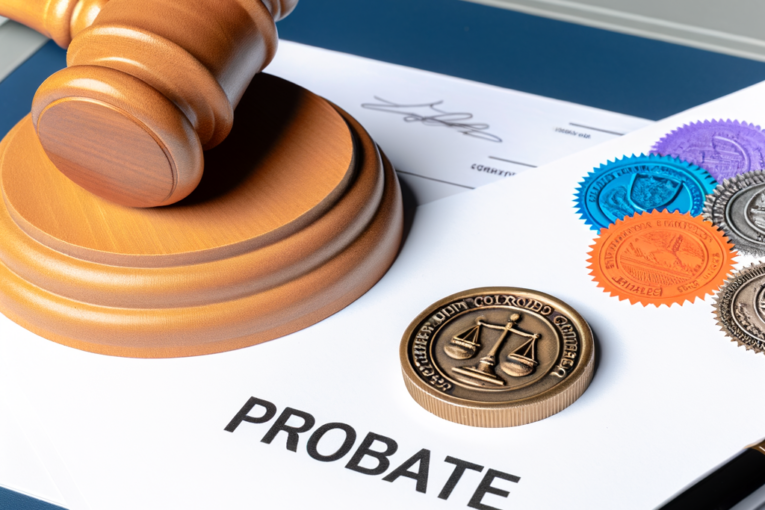Estate taxes can seem mystifying, but with some knowledge and planning, you can significantly reduce their impact on your legacy. This guide covers the essentials of navigating estate taxes through strategic tools like trusts, gifting, and the incorporation of life insurance. Read on to learn how to craft an estate plan that aligns with your financial goals and values.
What are estate taxes?
Also known as the “death tax,” estate taxes refer to taxes imposed on assets transferred from a deceased person (the decedent) to their beneficiaries. This includes property, investments, cash, personal belongings, and more.
The taxable estate comprises the total net value of assets, calculated by subtracting debts and expenses from the overall asset value. Understanding estate taxes is key to minimizing beneficiary burdens and creating an optimal legacy plan.
Key Components of Federal Estate Taxes
- Federal Estate Tax Exemption: This exemption allows for a certain value of assets to be passed tax-free to heirs. For 2023, the exemption is $12.92 million per individual. Married couples can combine exemptions for $25.84 million tax-free.
- Gift Tax Exclusion: Individuals can gift up to $17,000 per recipient annually without incurring gift taxes. Direct transfers for medical or educational purposes are also unlimited.
Crafting an Estate Tax Planning Strategy
Strategic planning is instrumental in reducing estate taxes while still providing sufficient benefits for beneficiaries. Here are key components to include in your estate tax planning checklist:
Review estate planning documents.
Wills, trusts, powers of attorney (POA), beneficiary designations—these legal documents dictate asset distribution, so keeping them updated is critical. Consider adding a letter of instruction with contextual guidance for heirs on navigating affairs.
- Beneficiary designations on retirement accounts and life insurance are especially important to ensure smooth, tax-optimized asset transfers.
Implement lifetime gifts.
Take advantage of the $17,000 annual gift tax exclusion per recipient. You can also gift unlimited amounts towards medical or educational expenses if paid directly. This effectively reduces estate size.
Use trusts to protect assets.
Trusts allow you to shield assets from estate taxes and control distribution instructions for beneficiaries. Options include:
- Irrevocable trusts
- Charitable remainder trusts
- Grantor retained annuity trusts
Consult an estate planning attorney on optimal trust strategies for your situation. Trusts can minimize tax burdens on retirement assets intended for heirs.
Donate to charity.
Charitable donations and trusts can significantly reduce estate size and taxes. Outright gifts qualify for unlimited deductions, while vehicles like charitable remainder trusts provide tax-efficient residual income streams along with estate minimization.
As part of retirement distribution planning, charitable giving can fulfill philanthropic goals while optimizing inheritor burden.
Advanced Strategies for Estate Tax Reduction
For substantial estate tax minimization, consider incorporating advanced strategies like the following into your plan:
Irrevocable Life Insurance Trusts (ILITs)
ILITs allow you to place life insurance policies into an irrevocable trust outside your taxable estate. This ensures death benefits are not subject to estate taxes when transferred to trust beneficiaries.
Family Limited Partnerships (FLPs)
FLPs (or family LLCs) let you retain control over business interests, investments, or real estate while transferring FLP partnership shares to beneficiaries at discounted valuations, lowering gift and estate taxes.
Qualified Personal Residence Trusts (QPRTs)
With QPRTs, you transfer primary residence ownership into an irrevocable trust, retaining the right to live there for a set term before it fully transfers to beneficiaries. This reduces the taxable value of the home within the estate. Can provide a nice tax advantage for expensive properties that are part of retirement asset distribution planning.
Special estate planning considerations
Certain circumstances warrant specialized estate planning attention, like:
Trusts for Minor or Disabled Beneficiaries
Trusts enable clear instructions on asset management and distribution for those unable to handle affairs independently, like minors or disabled individuals. Consider the implications of different trust structures to optimize taxes.
Address Possible Incapacity
Powers of attorney (POA) ensure your finances are managed per your wishes if you become mentally or physically incapacitated. Wills take effect upon death. Statements of wishes offer added context on asset distribution intentions.
As part of retirement planning, carefully designated POAs and executors are key to acting in your best interest.
Joint Accounts for Estate Administration
Joint accounts enable executors to pay estate expenses while the will is in probate but require clear documentation of intentions. State unambiguously that joint ownership is for convenience or administration only rather than a true ownership transfer.
Maintaining an Evergreen Estate Plan
Managing an estate plan is an ongoing process requiring regular review and expert guidance, especially when approaching retirement. Here are the best practices:
Periodically review documents
Revisit your plan after major life events, financial or asset changes, and tax law changes to update accordingly. This ensures alignment with current objectives.
Ideal review frequency:
- Annually, for routine check-ups
- After major personal or family developments
- Following material asset/investment shifts
- Whenever estate tax rules are altered,
Seek input from an estate planning attorney.
Specialist counsel offers customized guidance on:
- Updating essential documents (wills, trusts, POAs, beneficiary designations)
- Selecting executors or trustees who match your financial values or judgment
- Optimizing joint accounts for ease of administration
- Minimizing estate taxes through specialized strategies like ILITs, FLPs, and QPRTs
Ongoing tax expert advice, especially around retirement, is invaluable for adapting your plan to changes while reducing tax liabilities.
Incorporate estate considerations into retirement planning.
Integrating estate planning into your retirement distribution strategy is crucial for ensuring financial security for both you and your beneficiaries.
Key steps in retirement-based estate preparation include:
- Take advantage of tax-reducing vehicles like spousal inheritances, trusts, ILITs, and FLPs.
- Structure assets to provide residual income streams through retirement while optimizing inheritor taxes.
- Identify tax-efficient succession plans for assets like businesses and real estate holdings.
- Fulfill philanthropic goals via charitable trusts and estate minimization.
- Review the estate plan annually post-retirement to address changing policies, laws, and objectives.
Proactive estate planning gives you control over one of the most meaningful legacies: providing lasting security for your loved ones. With some knowledge and strategic tax planning, you can reduce uncertainty around asset transfers and uphold your financial values for generations.
Additional Resources:
- Internal Revenue Service (IRS) website: https://www.irs.gov/businesses/small-businesses-self-employed/estate-and-gift-taxes (Official information on federal estate tax laws and regulations)
- AARP: Estate Planning Guide: https://giftplanning.aarp.org/estate-planning-checklist (Practical advice and tools for estate planning)
- Investopedia: Estate Tax Explained: https://www.investopedia.com/terms/e/estatetax.asp (Clear explanation of estate tax concepts)





